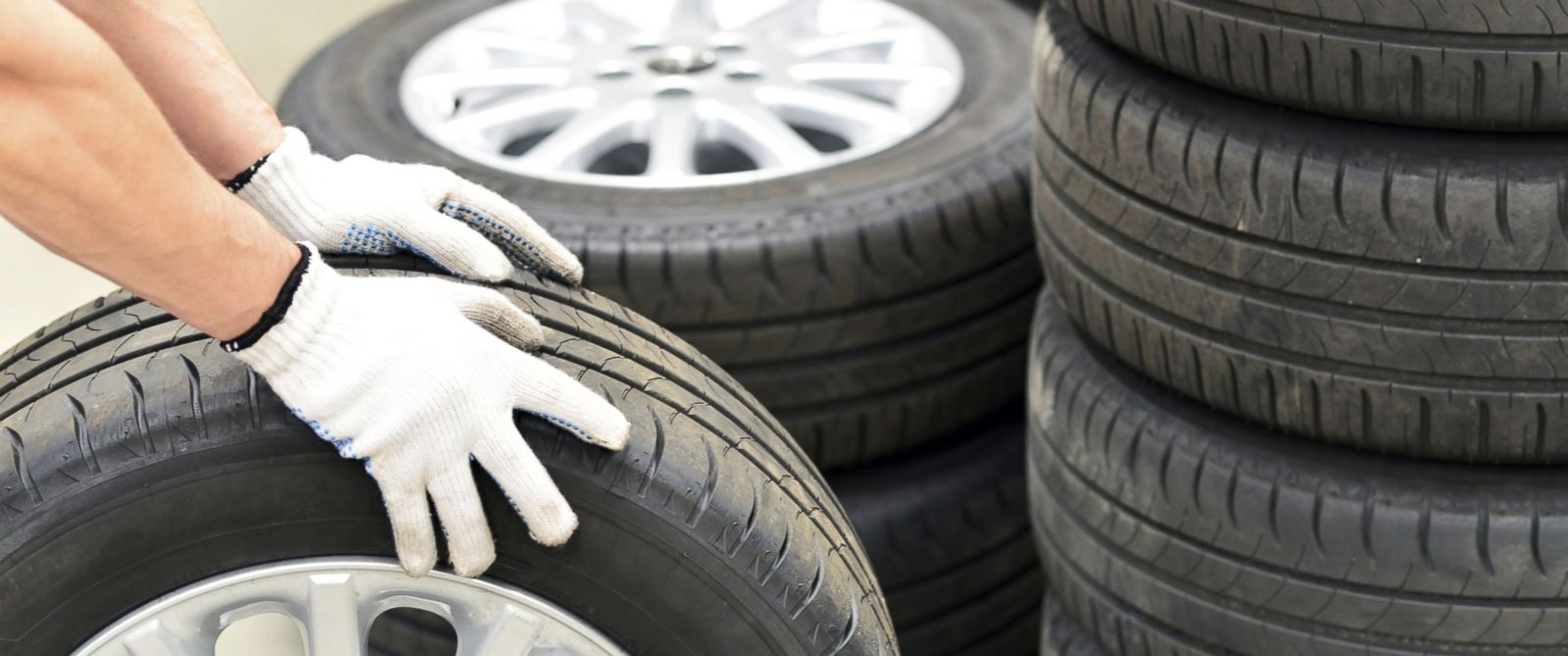5 Crazy Things to Check When Buying Tires for Your Vehicle
 One of the most significant parts of the vehicle is the tires. Their role has never been shaken in the vehicles for over 100 years. After all, they are the part of the vehicle that gets in contact with the road. Even the strongest brakes, the brawniest engine, and the advanced skidding systems lie at the mercy of the tire’s grip on the roads. Every move made by the driver on the brakes, the steering wheel, or the gas pedal is transmitted through the notepad-sized contact patches of the tires.
One of the most significant parts of the vehicle is the tires. Their role has never been shaken in the vehicles for over 100 years. After all, they are the part of the vehicle that gets in contact with the road. Even the strongest brakes, the brawniest engine, and the advanced skidding systems lie at the mercy of the tire’s grip on the roads. Every move made by the driver on the brakes, the steering wheel, or the gas pedal is transmitted through the notepad-sized contact patches of the tires.
Therefore, our vehicle is at risk as a consumer if you have under-inflated or worn tires. If you are looking to get the best fuel economy, save the most money, you should purchase the best quality of tires as part of the informed decision. While the majority of shoppers do not research before buying, you are among the few who are ahead of the rest in information. This list will cover the craziest things to check before purchasing right tires for your car to get a better understanding of how they work.
1. Get the right size
Bob McDonald Tire & Service Network said, “Every car has the right size of tires that the manufacturer has set.” They are often listed on the sidewalls such as 70R16/P265. Tire replacement should always match whatever is listed in the manual of the car. You should also be sure that it does not necessarily mean that the tires on your vehicle match the correct size.
2. Even with the new tires, age matters
Over time, tires are designed to deteriorate in strength. The worst thing that affects tires is also the climate. Whenever you look at a tire, you should be sure to note its birthday. It is often noted as a four-digit figure that is often followed by a letter sequence beginning with the DOT value. This also indicates the year and week of its manufacture. For instance, 5009 indicates the 5oth week of the year 2009 is when this tire was manufactured.
According to most vehicle manufacturers in the United States, they often recommend that you replace your tires after every six years. This is a mandatory effect even if they look in good shape after the six years of service to you. Check the age of the code on the tires since some shops stock old tires. This is the best way to note that you don’t get sold one of the oldest tires in the industry. If the ages of the tires exceed six years in the market, be sure to drop the purchase deal immediately. This means that they are overdue to get a replacement.
3. Learn the lingo
For most drivers, the wisest choice during the time of tire purchase is the all-season tires. However, you can think of the ultra-high performance or high-performance tires to be the best choice for you depending on your pocket. Tire performance means that you have the capability to handle the car well at high speeds. Tires indicated high-performance would often wear quicker.
4. Think about the warranty
For most manufacturers, they often tout the mileage warranties. Depending on the type of tire you have, it is often between 50,000 to 80,000. However, most drivers never reach that mileage before they have their vehicle tires worn out. If your vehicle is heavier, you should expect a less mileage for you to have the tires replaced. This doesn’t depend on how well you drive.
Before purchasing the tires based on the mileage warranties, be sure to understand its details. You never get a new set of tires if they get worn permanently. Because there is a prorated credit for the tires, you must prove you used them properly by keeping them with the right inflation pressure. Demand for service records and inspection is often conducted to qualify for that warranty.
5. Know where and how to bargain
While tires can be expensive, be sure to get a discount whenever possible. Your neighborhood garage or auto dealer will likely offer little to no discounts claiming that profit margins are low. Because of the purchasing power, warehouses such as BJ’s and Castro sell them for less. Aside from special coupons, be sure to expect no discounts.

















